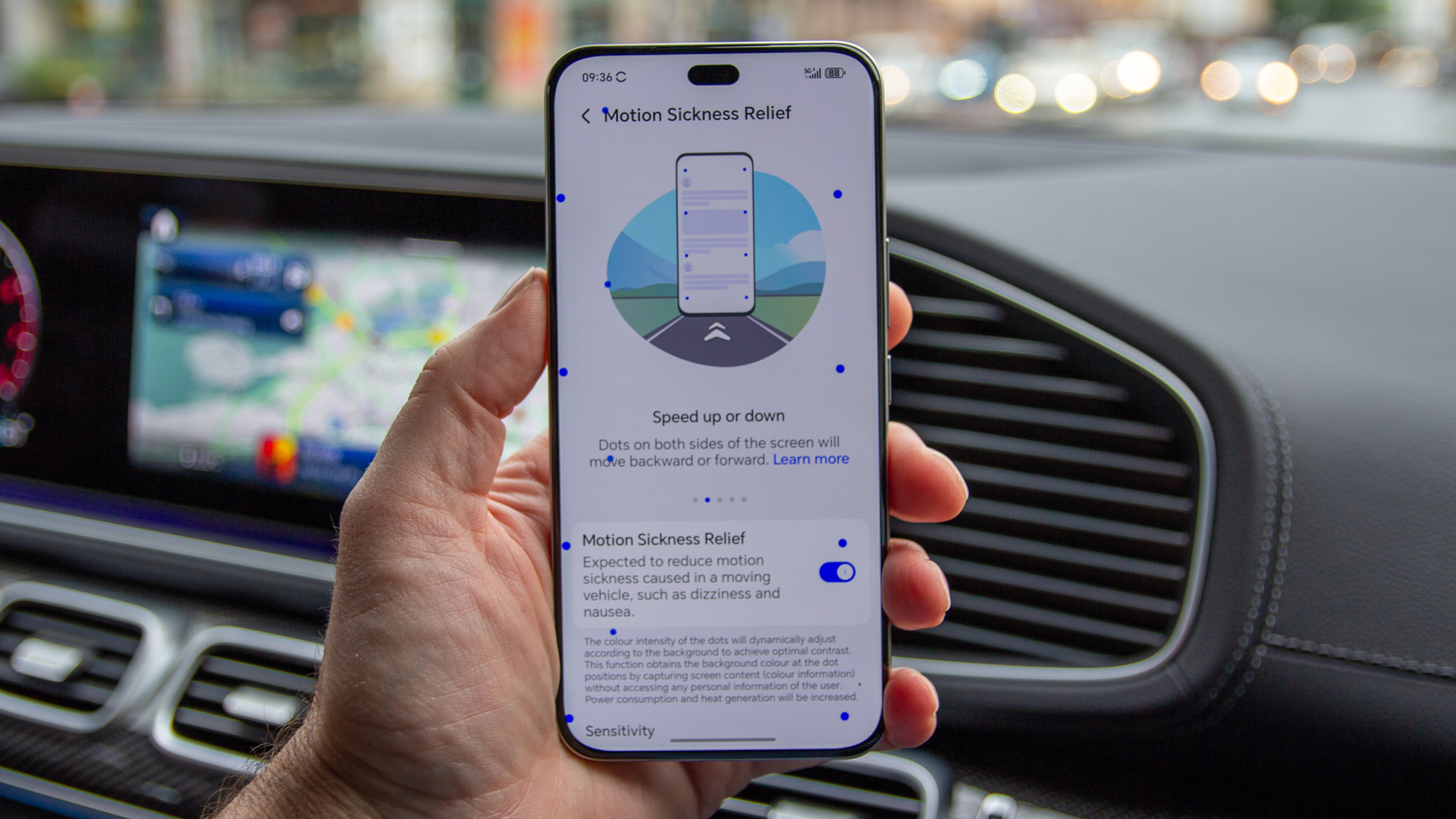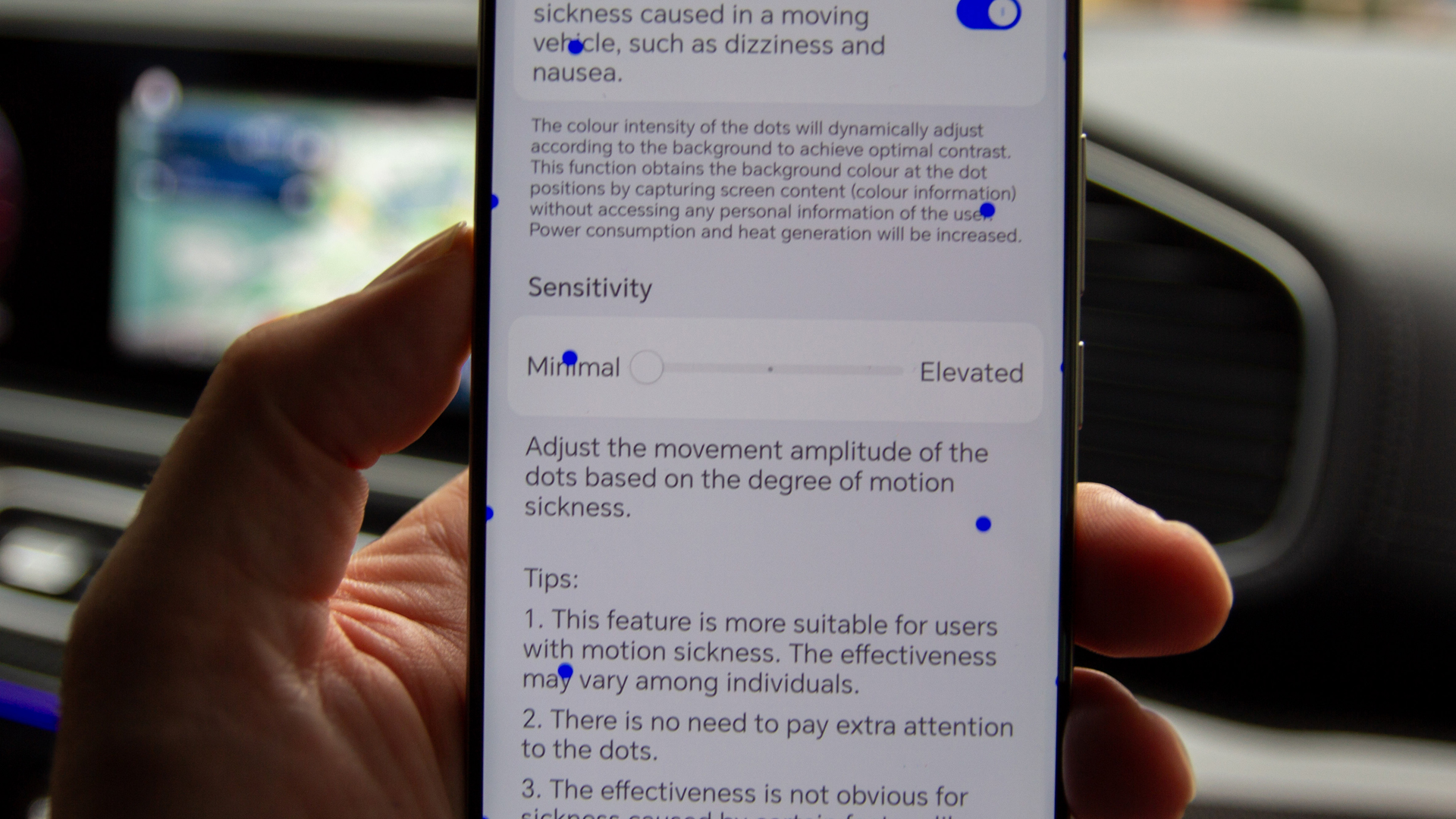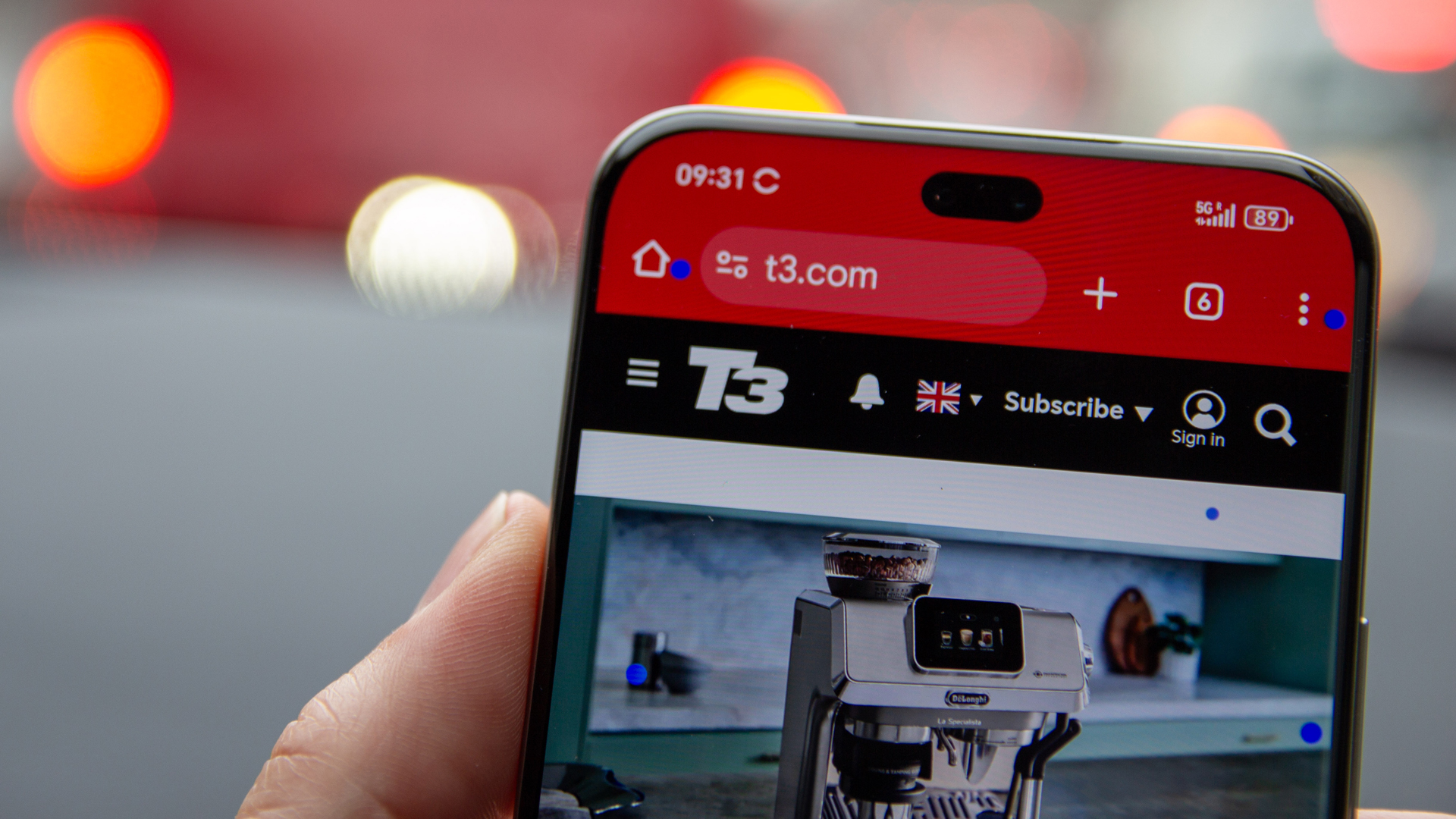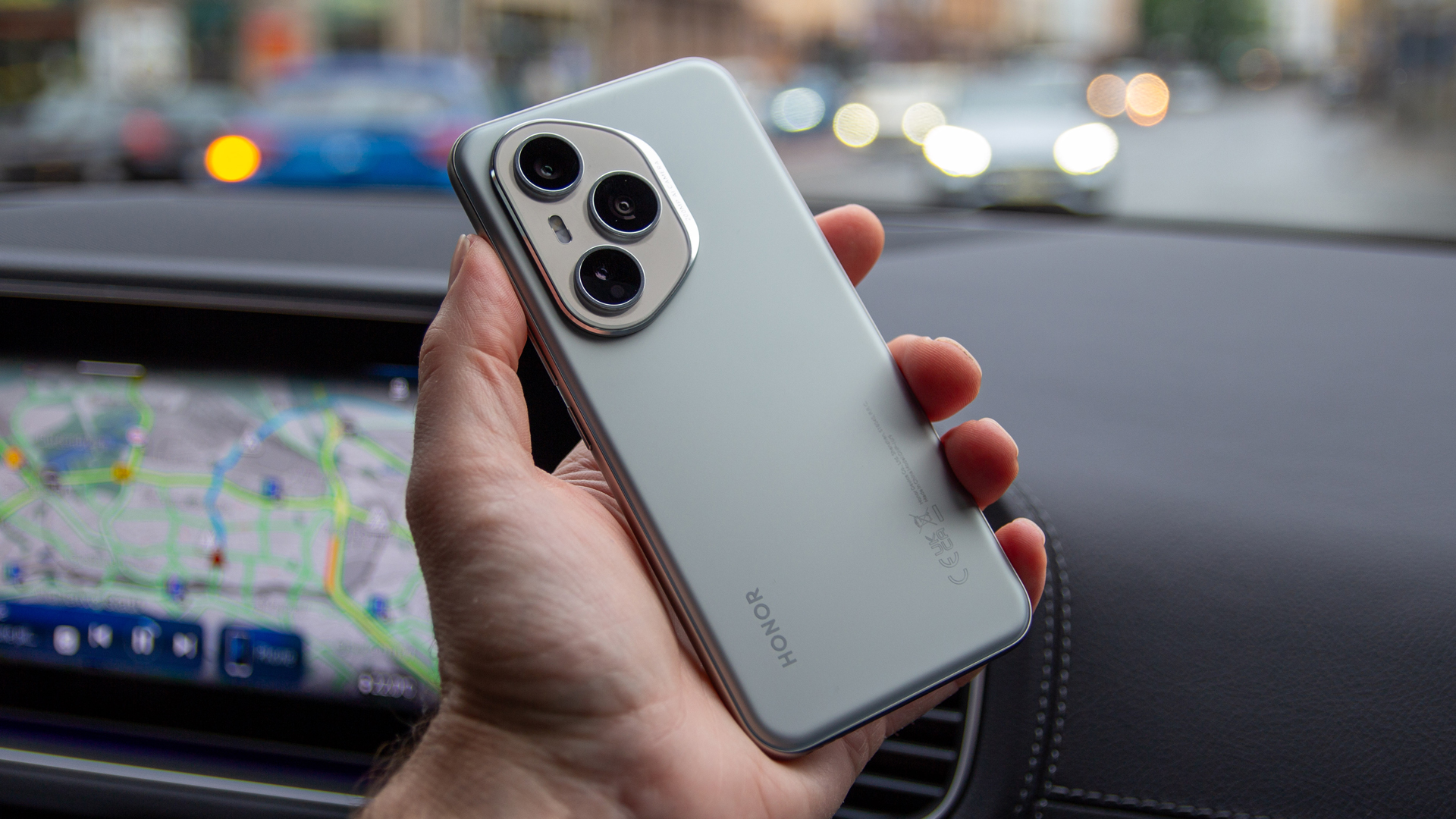I tested Honor's 400 Pro and this surprise feature is a total game-changer
Honor's latest features an anti-motion-sickness feature that really works


I travel a lot for work, which often means early taxi rides to the airport, catching up with the latest tech news, crunching emails on the move, and trying to make every minute count.
Sitting in a cab at 5am the other day, I was doing exactly that, working my phone and trying to get ahead. Then I started to feel the telltale signs: my stomach was starting to drop, the cold sweats starting to prickle at my forehead and that metallic taste in my mouth. Then the swirling disorientation started and I had to look up, focus on breathing and find the horizon.
Then I remembered that the new Honor 400 Pro I have been testing has a Motion Sickness Relief function. I’d glossed over this in the specs and not really considered it as a major, but now, ignoring my stomach trying to turn itself inside out, I tapped the button to turn it on.
How does Honor's Motion Sickness feature work?

Motion sickness is caused when your eyes tell you one thing and your inner ear – responsible for your balance – tells you something different. One says you’re sitting still, while the other says you’re moving. The result is a sensory conflict that leaves you feeling absolutely terrible.
Tne solution is to make sure there’s no conflict: looking out of the window so you can see you’re moving is the obvious answer, but other cues can replicate this, which is how the Motion Sickness Relief function works on the Honor 400 Pro.
Motion Sickness Relief puts blue dots around the edge of the display. These move in reaction to the vehicle’s movement, so your eyes detect the same movement that your body does. That removes that sensory conflict I mentioned, providing relief from motion sickness.
It might sound unlikely, but it actually works. Once I’d turned on the feature it took a little while for the symptoms I was already experiencing to abate, but once they’d gone, I could keep using my phone. That's a game-changer that I think other phone-makers could learn from.
Get all the latest news, reviews, deals and buying guides on gorgeous tech, home and active products from the T3 experts
Does only Honor offer motion sickness relief?

These blue dots sit over all the content you have on your phone. It isn't a distraction and you can't interact with them, they just move as the vehicle moves. If you turn left, the dots move right, if you speed up they move down the page, if you brake suddenly they move up the page.
On this particular journey, I had a couple of connecting flights, transfers, mini-bus rides and on each subsequent log of the journey, I found that the Honor 400 Pro was keeping the travel sickness at bay, so I could stay productive on the move.
This sort of technology is recent: there’s a similar travel sickness function called Vehicle Motion Cues in iOS 18, and the best Android phones are expected to get the feature in an Android update soon too. But Honor is ahead of the curve here, offering relief right now.
Should I buy the Honor 400 Pro?

The Honor 400 Pro is a new sub-flagship model, headlined by a 200-megapixel camera and Snapdragon 8 Gen 3 power, while maintaining an attractive £699.99 price. It's not available in the USA, as is the case with all Honor devices. I’m in the process of fully testing the phone for review while on my travels – which will follow soon.
Although Honor is offering this feature and it's coming to Android, that's not the only solution. There are apps you can try if you suffer from motion sickness, such as KineStop or Motion Cues. At first I didn't believe that something so simple would make such a big difference to me, but it has really been a blessing.

Chris has been writing about consumer tech for over 15 years. Formerly the Editor-in-Chief of Pocket-lint, he's covered just about every product launched, witnessed the birth of Android, the evolution of 5G, and the drive towards electric cars. You name it and Chris has written about it, driven it or reviewed it. Now working as a freelance technology expert, Chris' experience sees him covering all aspects of smartphones, smart homes and anything else connected. Chris has been published in titles as diverse as Computer Active and Autocar, and regularly appears on BBC News, BBC Radio, Sky, Monocle and Times Radio. He was once even on The Apprentice... but we don't talk about that.
You must confirm your public display name before commenting
Please logout and then login again, you will then be prompted to enter your display name.